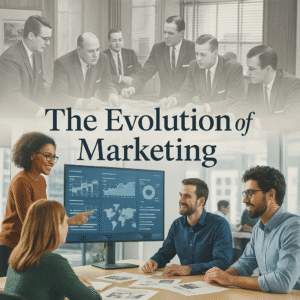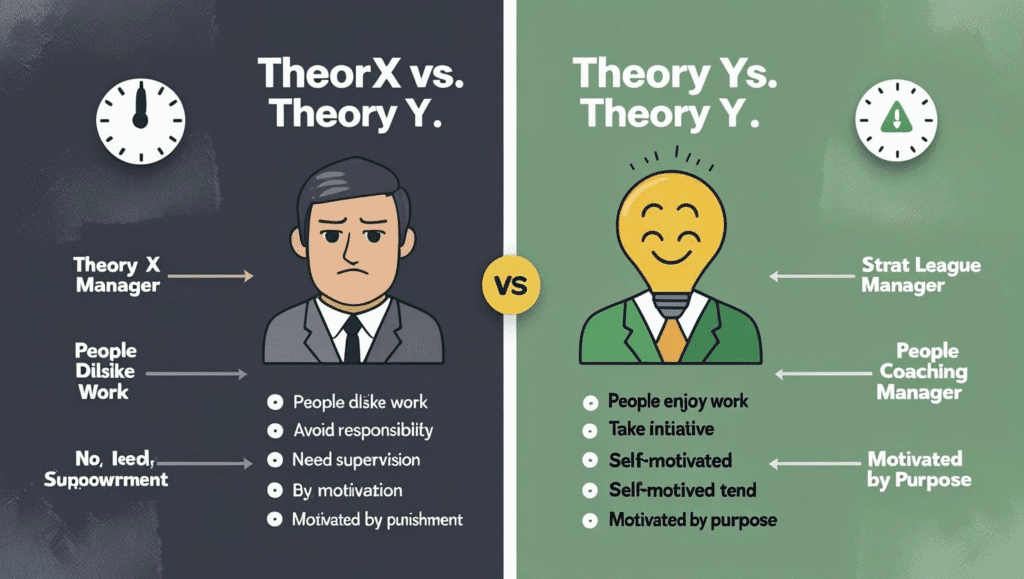From Print to Personalization: A Timeline of the Evolution of Marketing
The story of marketing is a story of technology, media, and a deepening understanding of human behavior. It’s a journey from shouting a single message from a megaphone to millions, to whispering a unique, helpful suggestion to a single individual. This timeline traces the major eras that have shaped how businesses connect with customers.
The Production & Print Era
(~1900-1950s) Dominated by the printing press, marketing was a one-way broadcast. The focus was on achieving economies of scale and simply informing a local audience that a product existed and was available.
The Mass Media & Selling Era
(~1950-1990s) The rise of television created a powerful new medium for persuasion. This was the golden age of advertising, focused on building national brands, creating emotional connections, and using creative slogans to capture the public imagination.
The Digital & Early Internet Era
(~1995-2000s) The web shifted power to the consumer. For the first time, customers could actively seek information. Marketing became interactive with websites, email, and banner ads. Measurement became key, tracking clicks and impressions.
The Social & Mobile Era
(~2007-2020s) With smartphones and social media, marketing became a 24/7, two-way conversation. The focus shifted to engagement, community building, and content creation. Every customer became a potential publisher and influencer.
The AI & Personalization Era
(Present Day) Powered by AI and big data, marketing now aims to be predictive and automated. The goal is to create a seamless, one-to-one experience for each customer across all touchpoints, often anticipating their needs before they do.
Frequently Asked Questions
How did television change marketing?
Television combined sight, sound, and motion to create highly persuasive and emotional advertising. It allowed companies to build powerful national brands and reach millions of households simultaneously, making it the dominant marketing force for nearly half a century.
What is the difference between inbound and outbound marketing?
Outbound Marketing (traditional) involves “pushing” a message out to an audience (e.g., TV ads, cold calls). Inbound Marketing (modern) focuses on “pulling” customers in by creating valuable content and experiences they are actively seeking (e.g., blog posts, SEO, helpful social media).
What role does data privacy play in modern marketing?
Data privacy is a central concern. As marketing becomes more data-driven, earning and maintaining customer trust is critical. Regulations like GDPR and CCPA require marketers to be transparent about data collection and use, shifting the focus towards ethical, consent-based marketing practices.
How is AI changing marketing today?
AI is automating complex tasks, personalizing customer experiences at scale, and providing predictive insights. It powers recommendation engines, programmatic ad buying, content optimization tools, and chatbots, making marketing more efficient and effective.


